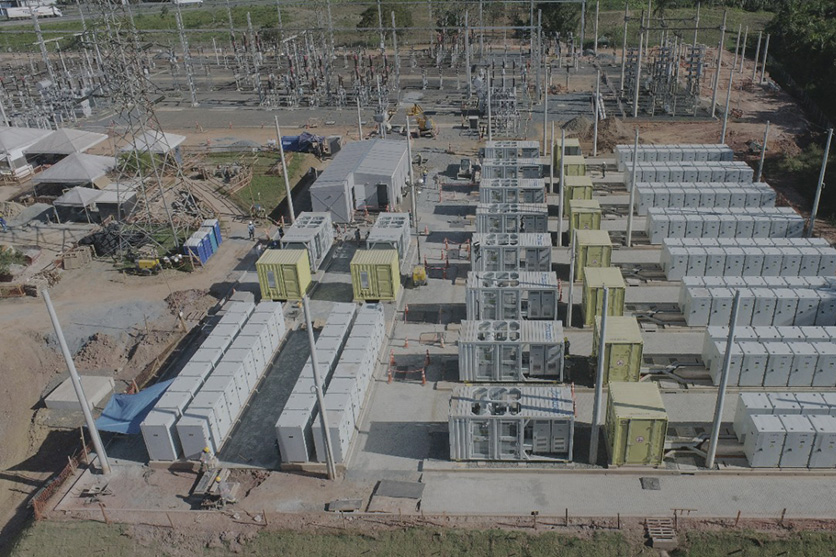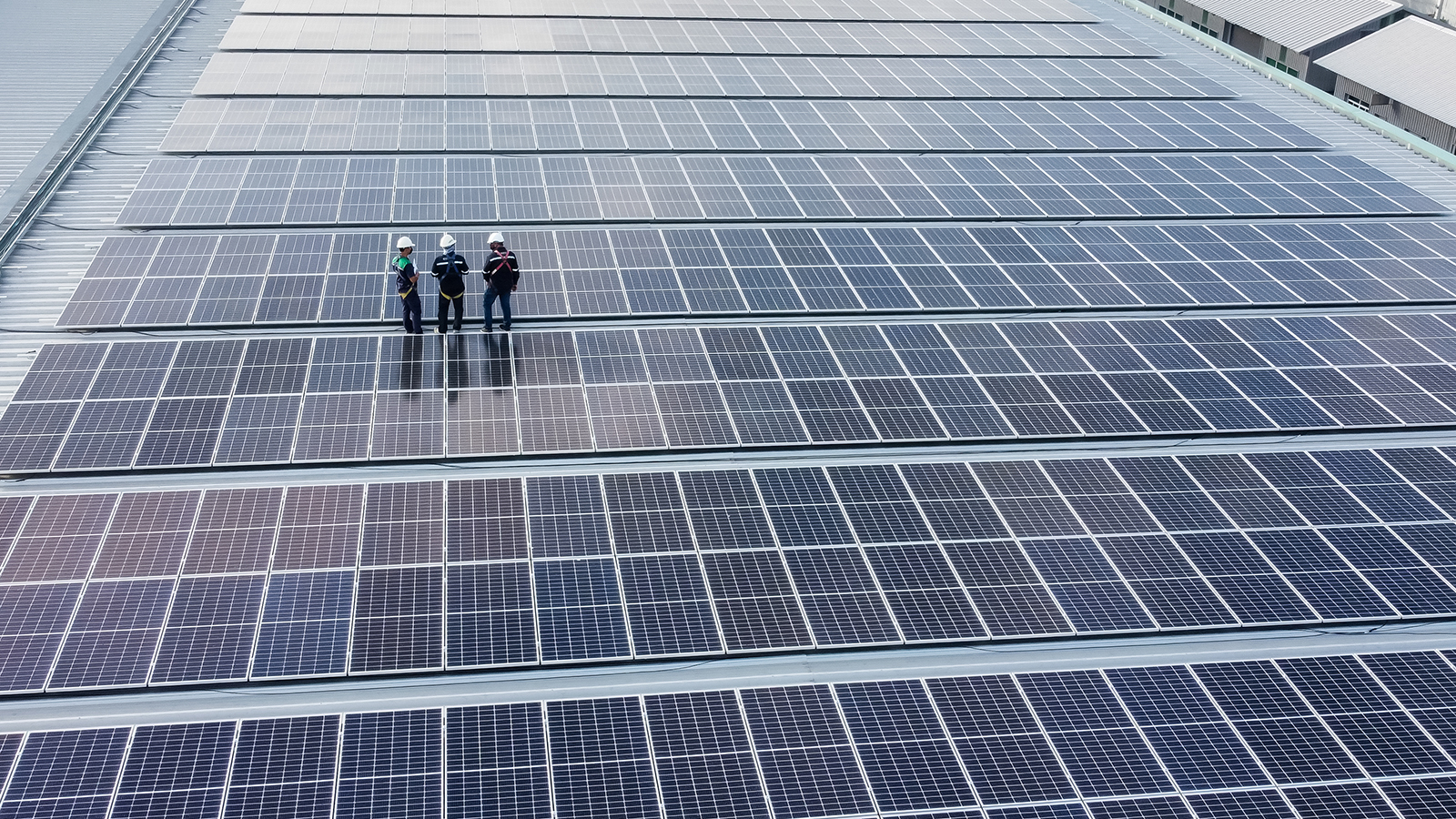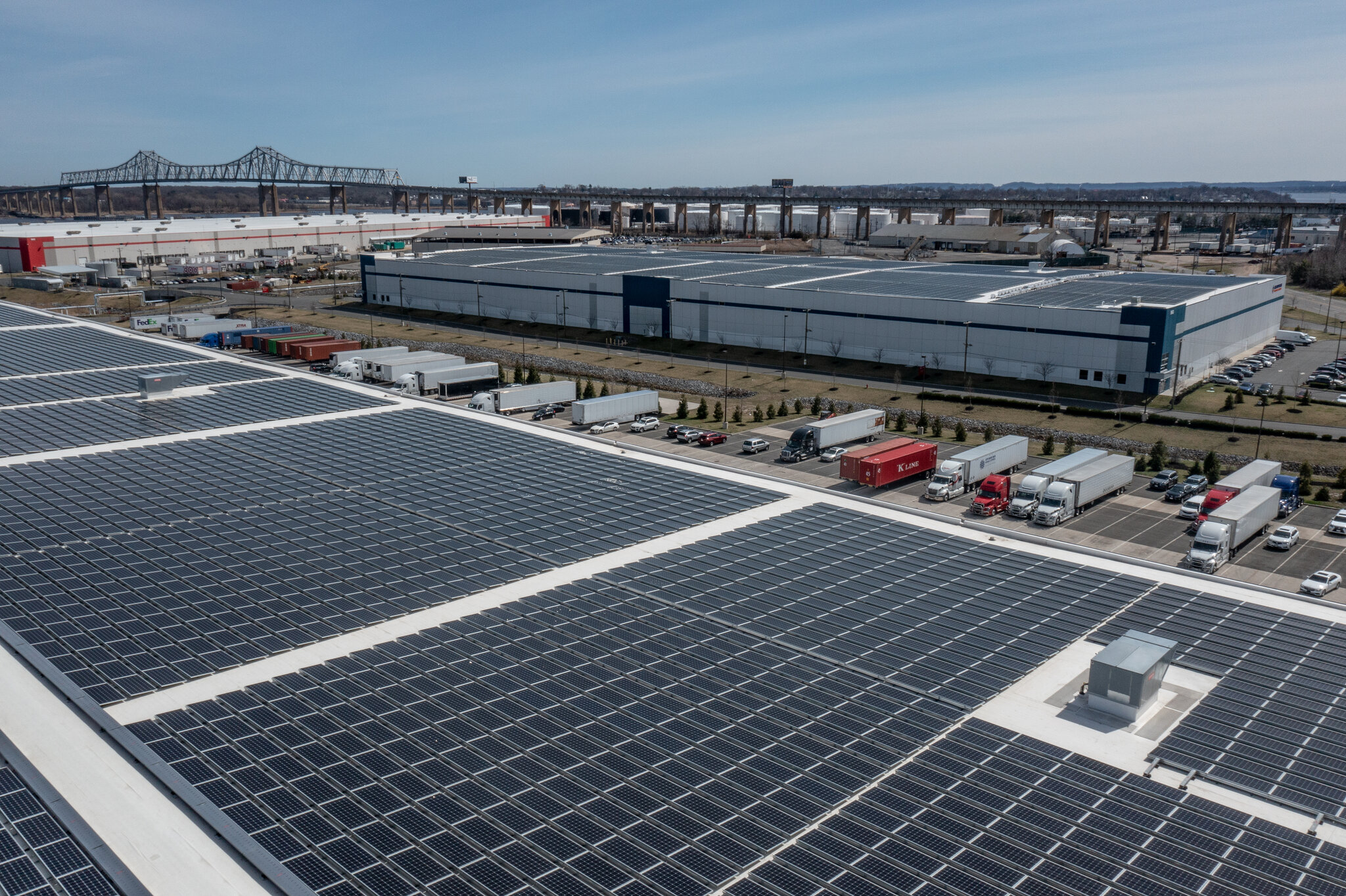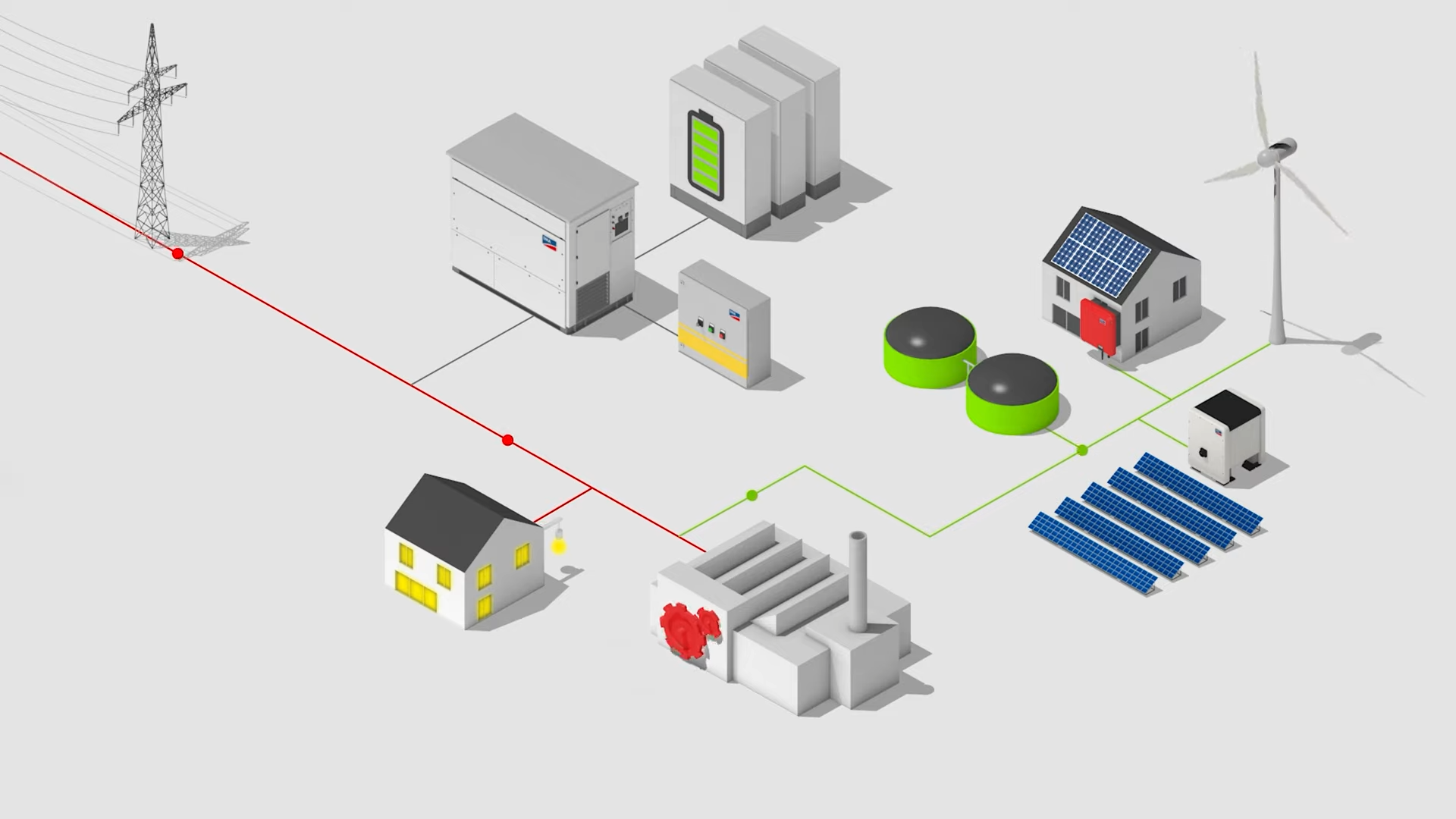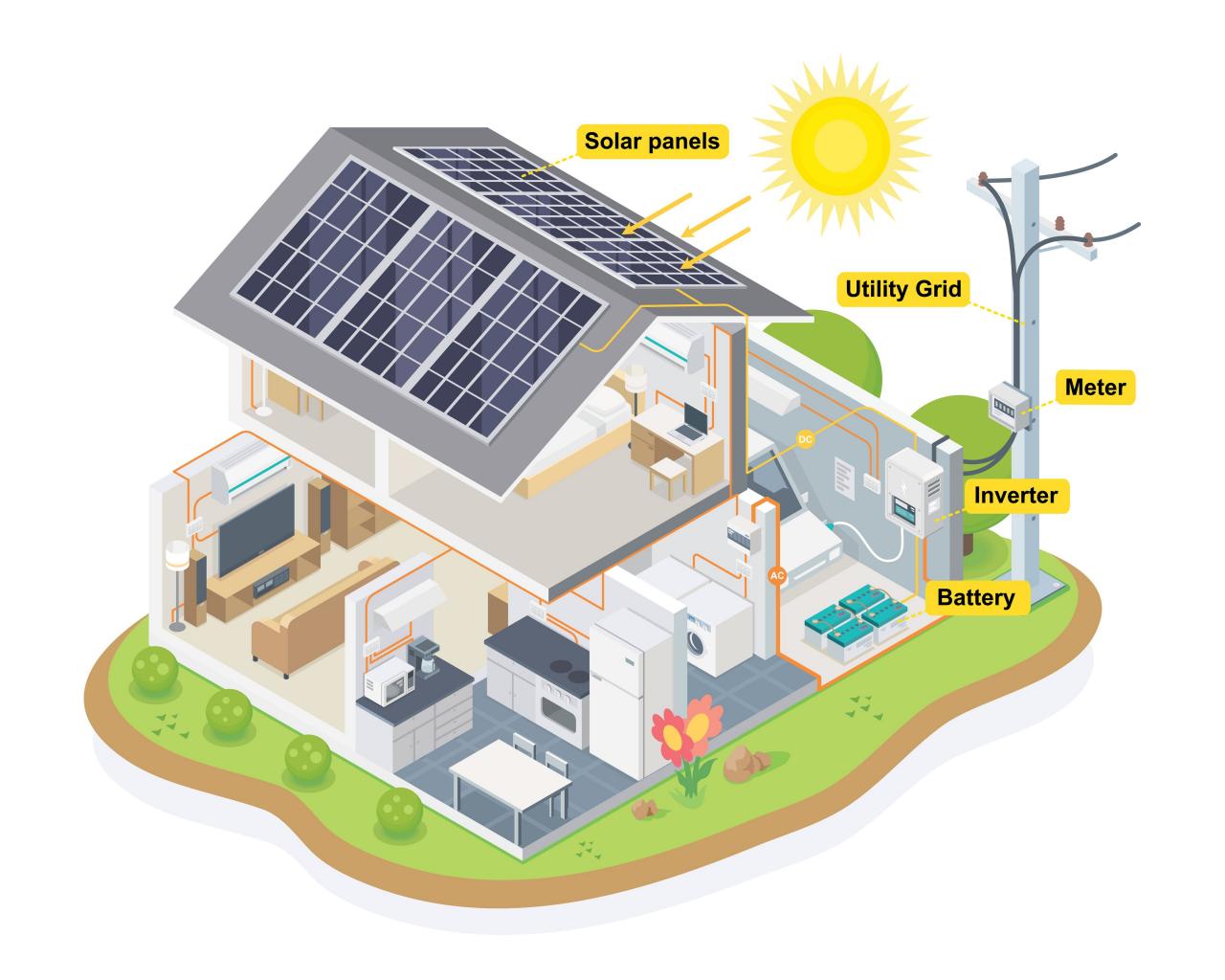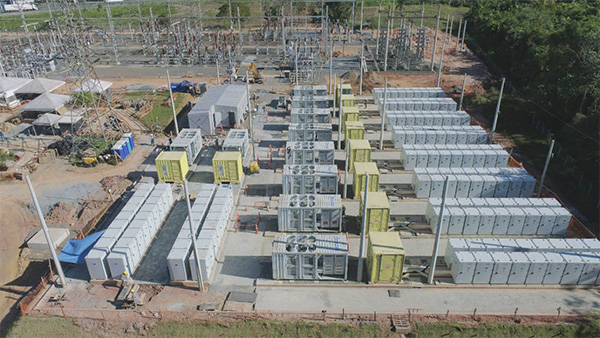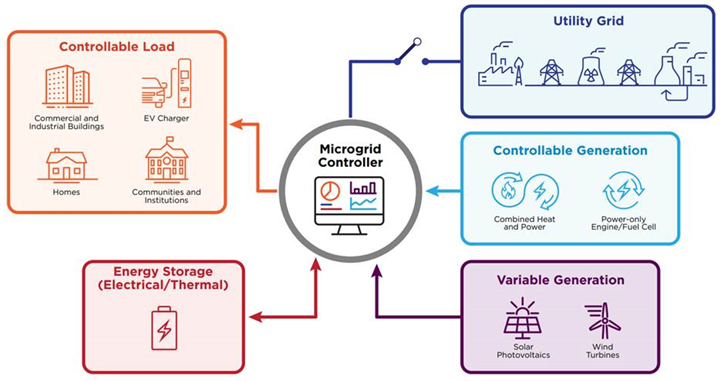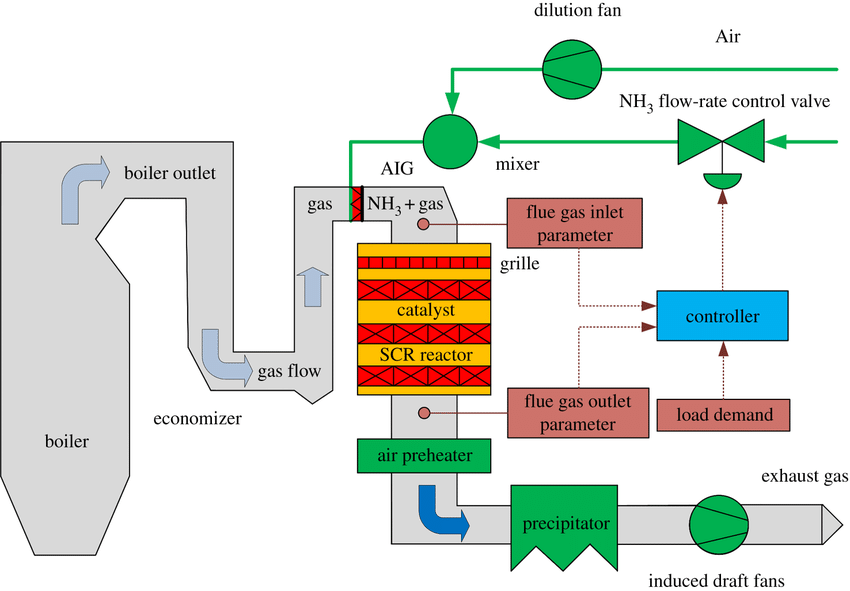
Embracing Eco-Friendly Innovations for the Digital Era
In the dynamic landscape of digital technology, data centers stand as the backbone of our information-driven society. However, the environmental impact of these data centers, particularly the NOx emissions from backup diesel generators, has become a growing concern. Sunco International Inc., a leader in environmental solutions, proudly introduces a game-changing approach: the application of urea pyrolysis for Selective Catalytic Reduction (SCR) technology, specifically designed for data centers.
Innovative Approach to Emission Control
Adapting our proven expertise from Combined Heat and Power (CHP) boilers since 2013, Sunco International Inc. now offers a customized solution for data centers. Our urea pyrolysis for SCR technology is a pivotal advancement in reducing harmful NOx emissions, aligning the operational needs of data centers with environmental sustainability.
Tailored for Data Center Needs
Recognizing the unique requirements of data centers, Sunco International Inc. has engineered this technology for easy integration with minimal spatial footprint. The system injects a precise quantity of urea into the diesel exhaust, which then converts into ammonia through pyrolysis. This ammonia effectively reacts with NOx over a catalyst, transforming pollutants into harmless nitrogen and water vapor.
Advantages That Extend Beyond Compliance
Adopting our urea pyrolysis SCR system is more than meeting environmental regulations; it's a commitment to a greener future. Key benefits include:
- Drastic Reduction in NOx Emissions: Attain emission levels that surpass current environmental standards.
- Operational Efficiency: Designed for durability and low maintenance, ensuring consistent operation.
- Future-Proofing Your Data Center: Stay ahead of tightening environmental regulations and public expectations.
Sunco International Inc.: Partnering for a Greener Tomorrow
At Sunco International Inc., our mission extends beyond business; it's about forging partnerships that contribute to a sustainable planet. Choosing our urea pyrolysis for SCR technology not only upgrades your data center but also demonstrates your dedication to environmental stewardship.
Step Forward with Us
As our digital footprint grows, so does our ecological responsibility. Sunco International Inc. invites you to join this stride towards a more sustainable and responsible future. Let's ensure that the expansion of data centers is in harmony with our environmental commitments.
Connect with Sunco International Inc.
Take the leap towards environmental excellence. Reach out to Sunco International Inc. today and discover how our urea pyrolysis for SCR technology can transform your data center into an exemplar of sustainability.


